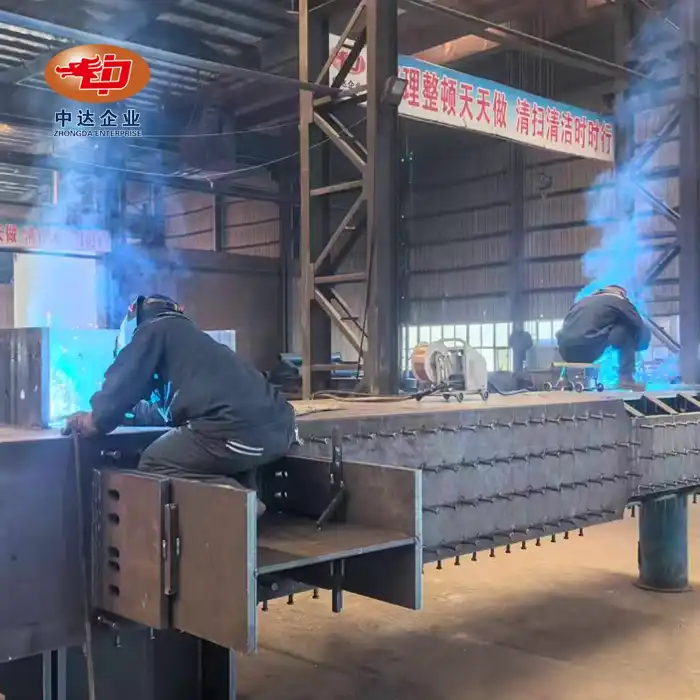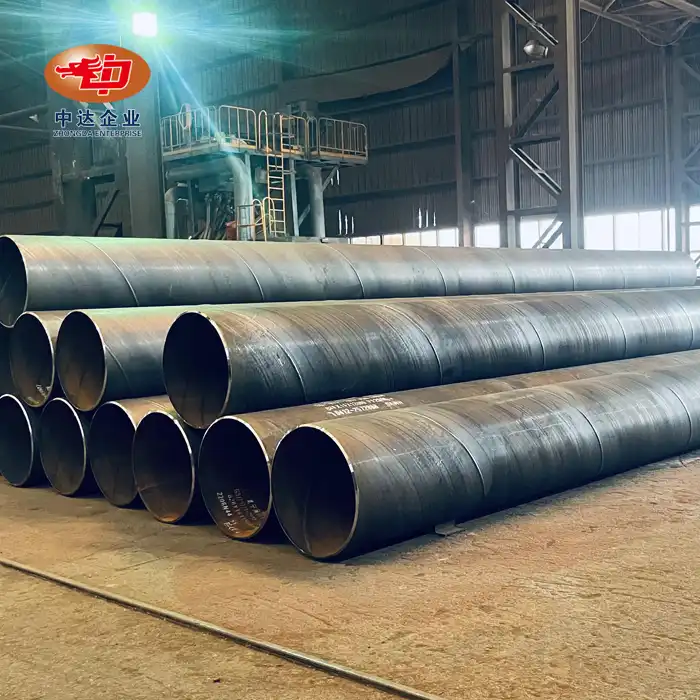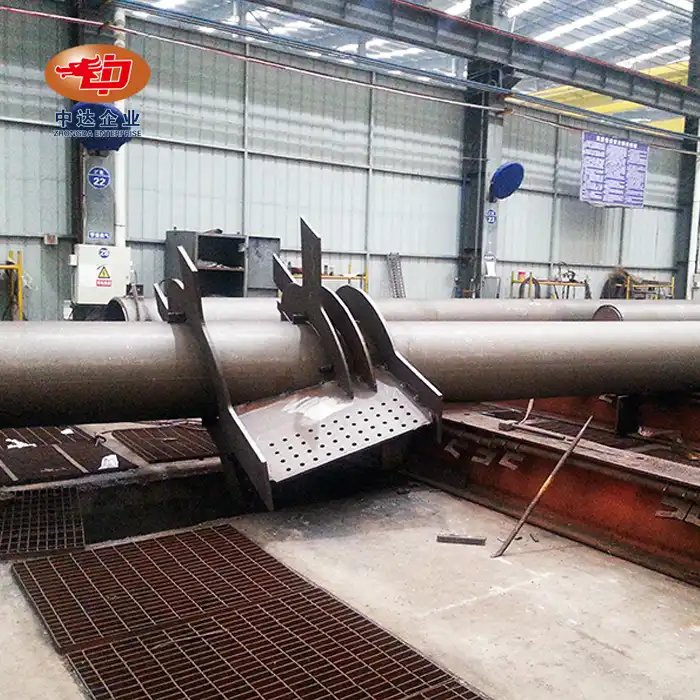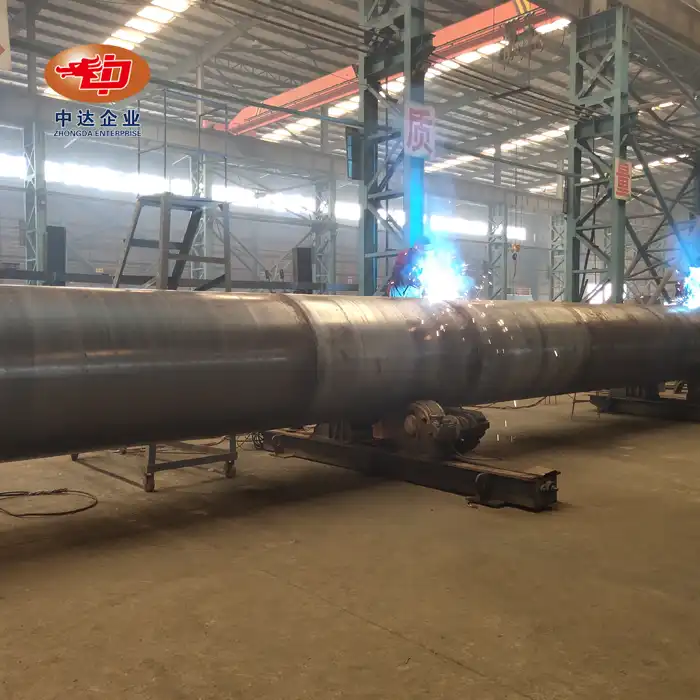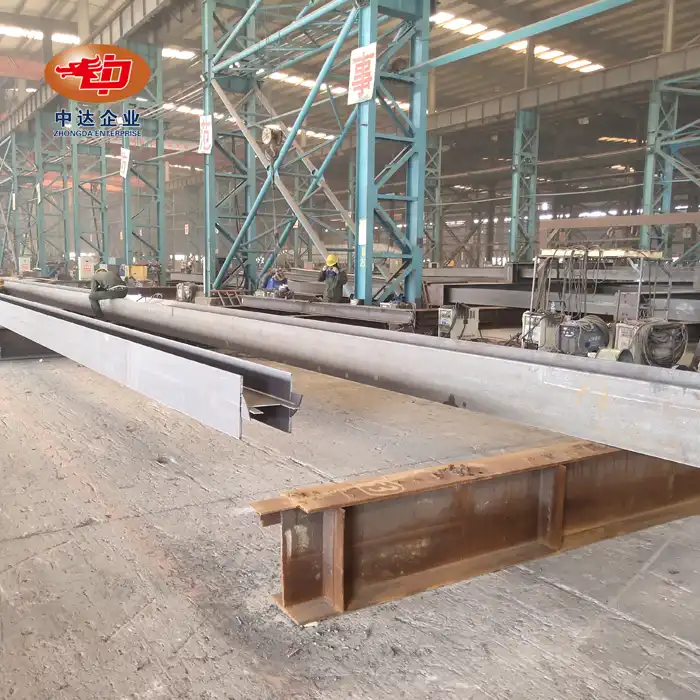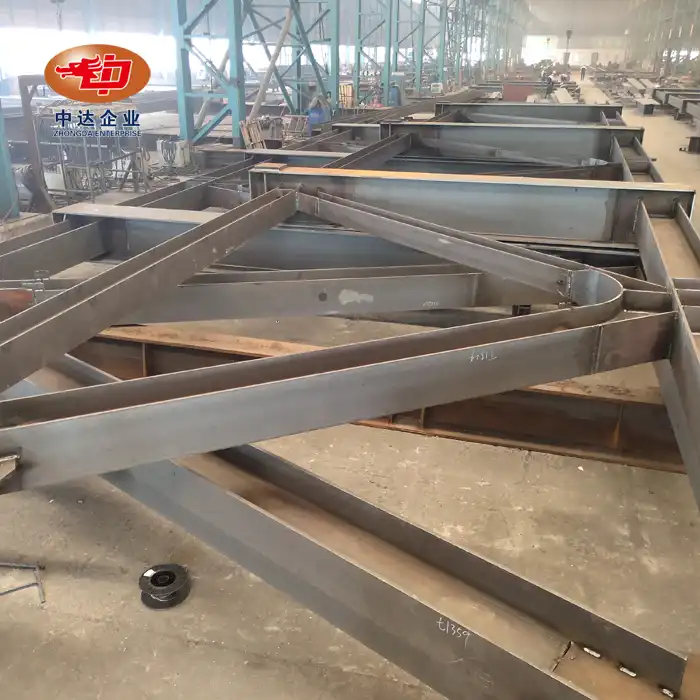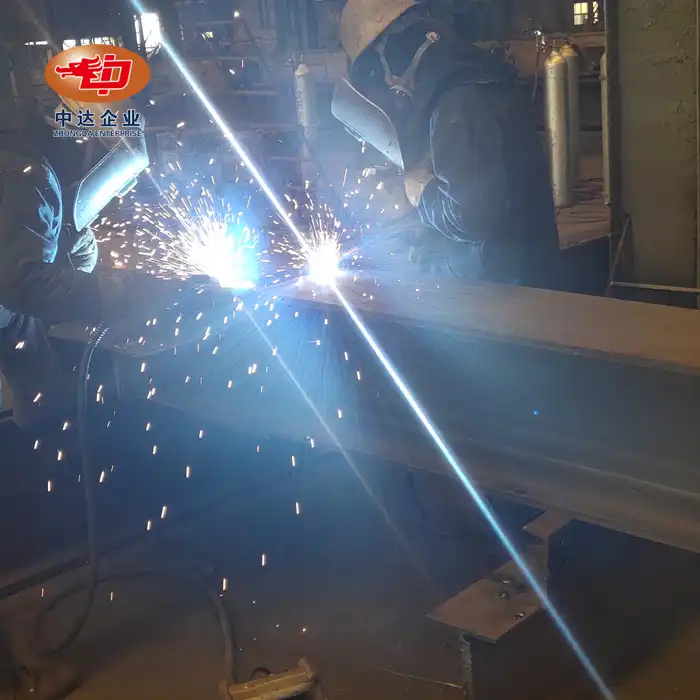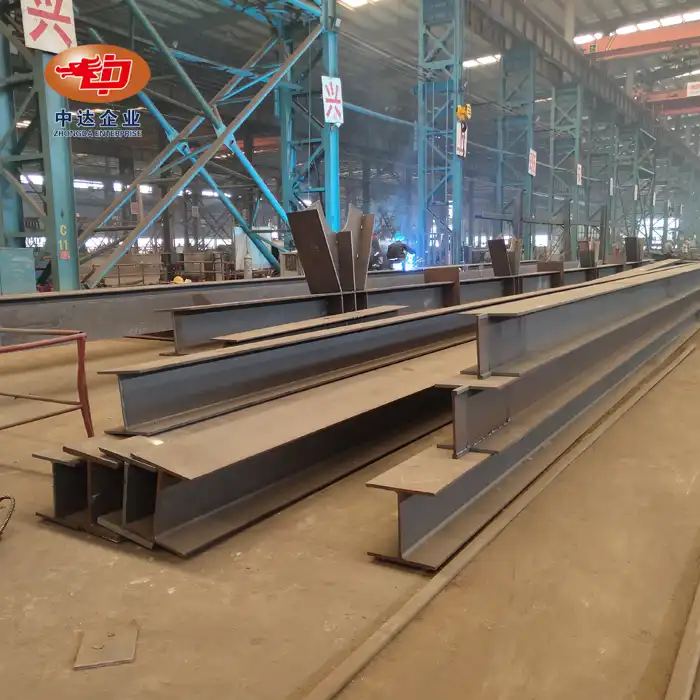Advantages of Steel Structures in Extreme Weather Conditions
Superior Strength and Stability
Steel structure hotels offer exceptional strength-to-weight ratios, making them perfectly suited for regions experiencing extreme weather conditions. Their durable frameworks are engineered to resist powerful winds, heavy snow accumulations, and seismic forces, providing remarkable structural resilience. This stability not only ensures the safety and comfort of guests during adverse weather events but also reduces the need for frequent repairs and structural maintenance. Consequently, steel buildings remain reliable and secure even under the most challenging environmental stresses.
Corrosion Resistance in Coastal Areas
Coastal environments pose significant risks to buildings due to the presence of salt in the air and high moisture levels. Modern steel structures counter these challenges by utilizing advanced protective coatings and specially formulated alloys that dramatically improve corrosion resistance. These technological advancements preserve the integrity of the steel, preventing rust and deterioration. This enhanced durability extends the lifespan of hotels situated in seaside locations, while simultaneously lowering the long-term maintenance costs and ensuring continued structural performance.
Thermal Performance in Extreme Temperatures
Steel structure hotels are highly effective in managing thermal conditions across a wide range of climates, from intense heat to freezing cold. When combined with modern insulation techniques, steel’s thermal properties help maintain stable and comfortable indoor environments. This energy-efficient design reduces the demand for heating and cooling systems, lowering operational costs. The adaptability of steel construction makes these hotels suitable for diverse locations, including hot desert areas and cold mountainous regions, ensuring guest comfort throughout the year.
Innovative Design Features for Harsh Climate Resilience
Wind-Resistant Architectures
In regions prone to hurricanes, steel structure hotels are designed with aerodynamic features that reduce wind resistance. Elements such as tapered building profiles, rounded corners, and carefully planned orientations work together to deflect strong wind gusts, preserving the building’s structural integrity during severe weather events. These thoughtful design strategies not only enhance the safety and resilience of the hotel but also contribute to a sleek, modern aesthetic that complements contemporary architectural trends in coastal and storm-prone areas.

Snow Load Management Systems
Steel structures provide an excellent base for hotels located in snowy regions by incorporating effective snow load management solutions. Sloped roofs equipped with specialized, slick coatings encourage snow to slide off naturally, preventing accumulation. Additionally, reinforced support systems are engineered to bear heavy snow loads safely, reducing risks of roof collapse or structural damage. These design features enable continuous, safe operation throughout harsh winters, making steel-framed hotels a reliable choice for winter resorts and mountainous locations.
Flood-Resistant Foundations
In flood-prone environments, steel structure hotels adopt elevated foundation designs combined with water-resistant materials to combat rising water threats. Strong steel pilings elevate the main structure above expected flood levels, while thoughtful landscaping directs water away from critical areas. Sealed steel components help prevent water infiltration, protecting the building’s foundation and lower floors. These flood-resilient design measures minimize potential damage and operational interruptions, ensuring safety and durability during flooding events in vulnerable coastal or riverine zones.
Maintenance Strategies for Longevity in Challenging Environments
Regular Inspections and Preventive Care
Maintaining steel structure hotels in demanding environments requires consistent vigilance through regular inspections. Qualified professionals perform scheduled assessments targeting critical components such as connection points, protective coatings, and load-bearing elements. These inspections help identify early signs of wear, corrosion, or damage before they escalate into costly problems. Prompt repairs and preventive maintenance not only extend the building’s lifespan but also ensure safety and uninterrupted operation, making this proactive approach essential for long-term durability in harsh climates.
Advanced Coating Technologies
Cutting-edge coating technologies are vital for safeguarding steel structures from environmental damage. High-performance epoxy and polyurethane coatings form a durable protective layer against moisture, ultraviolet rays, and chemical exposure. To maintain this barrier’s effectiveness, regular reapplication is necessary, especially in areas exposed to severe weather conditions. These coatings preserve both the structural integrity and aesthetic appeal of the steel over time, significantly reducing the risk of corrosion and deterioration in challenging environments.

Climate-Specific Maintenance Protocols
Effective maintenance of steel structure hotels requires tailored strategies that address the challenges posed by different climates. Coastal locations benefit from desalination treatments that remove salt buildup and prevent corrosion. In Arctic regions, specialized lubricants and heating systems help prevent freezing and preserve structural flexibility. Desert environments focus on UV-resistant coatings and thermal management techniques to combat extreme heat and sand erosion. These customized maintenance protocols ensure that steel structures perform optimally regardless of their geographic setting.
Conclusion
Steel structure hotels have proven their mettle in the face of nature's harshest conditions. Their durability in extreme climates is a testament to innovative engineering, advanced materials, and strategic design. As climate challenges intensify, the adaptability and resilience of steel structures position them as the cornerstone of sustainable hospitality development worldwide. With proper maintenance and ongoing innovations, steel structure hotels will continue to provide safe, comfortable accommodations in even the most demanding environments.
Contact Us
For unparalleled expertise in steel structure solutions, trust Zhongda Steel. Our globally certified precision engineering and BIM-driven prefabrication ensure your hotel project's success in any climate. Experience the durability and innovation that have made us a leader in steel structure hotels worldwide. Contact us at Ava@zd-steels.com to elevate your next hospitality project with cutting-edge steel technology.











